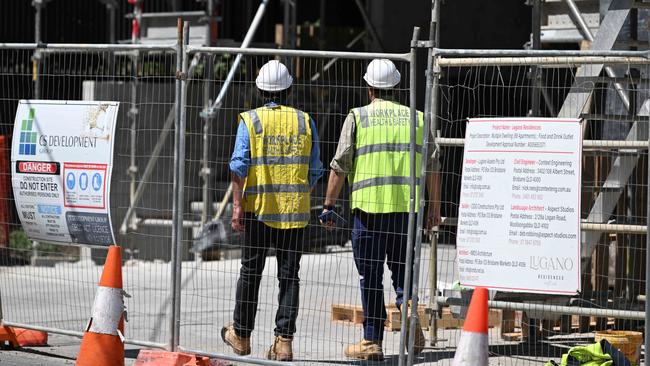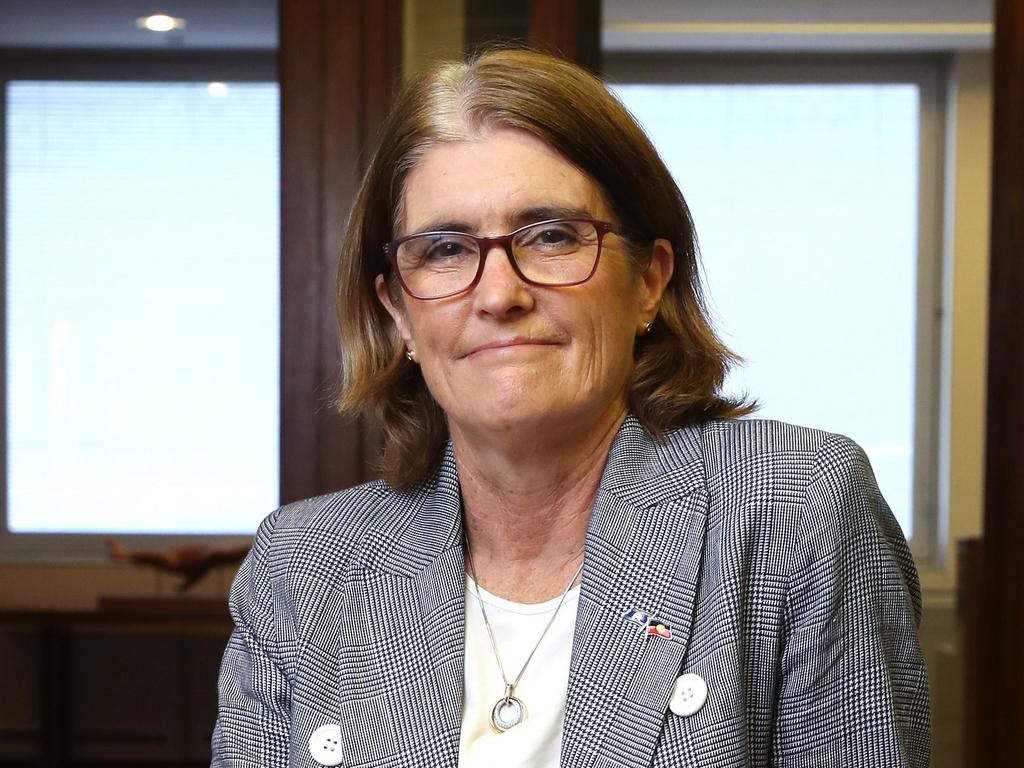Unemployment drops to 3.6pc amid stubborn inflation battle
The unemployment rate has dropped from 3.7 per cent to 3.6 per cent in September, despite the economy adding only a modest 6700 jobs.

Unemployment surprisingly fell to 3.6 per cent in September, with the red-hot jobs market failing to ease fears the Reserve Bank will hit mortgage holders with another rate hike before Christmas.
Jim Chalmers said the drop in the jobless rate, from 3.7 per cent the previous month, was “very welcome news” in the context of an increasingly fraught global outlook, but added he still expected the unemployment rate to climb as higher interest rates act as a brake on growth.
“Conflict in the Middle East is now another concerning part of the economic outlook. We’re already seeing global oil prices come up in recent months, and conflict in the Middle East risks making that worse,” the Treasurer said. “The story of our labour market is one of remarkable resilience but it is beginning to soften around the edges.”
With financial markets pricing in a 25 per cent chance of a rate rise on Melbourne Cup day, the RBA’s annual report revealed it recorded a net loss of $5.9bn in 2022-23, versus a record $36.7bn loss the previous financial year.
The annual report also revealed the bank was in a negative equity position of $17.7bn, against $12.4bn a year earlier.
Normally a business whose assets are worth less than its liabilities would be bankrupt, but the RBA board said its “judgment continues to be that negative equity does not affect the bank’s ability to operate effectively or perform its functions, but that it is important that the bank’s equity is restored over time”.
Despite the drop in the headline unemployment figure, the Australian Bureau of Statistics figures showed the economy added only a modest 6700 jobs in the month, against economists’ consensus forecasts of an increase of 20,000.
ABS head of labour statistics Kate Lamb said the latest data confirmed the labour market remained “relatively tight and resilient”, but noted the fall in the key jobless measure was due to 13,000 people dropping out of the workforce rather than strong employment gains.
Those gains also presented a mixed story, as a 39,900 drop in full-time employed people was outweighed by a 46,500 jump in part-time employment, in seasonally adjusted terms. And, while employment climbed by 0.1 per cent in September, monthly hours worked fell by 0.4 per cent.
Ms Lamb said “the recent softening in hours worked, relative to employment growth, may suggest an easing in labour market strength, though it also follows particularly strong growth over the past year”.
The number of Australians either with jobs or looking for jobs as a share of the working-age population – known as the participation rate – fell 0.3 percentage points to 66.7 from the previous month’s record 67 per cent.
ANZ head of Australian economics Adam Boyton said “the soft headline employment print, the fall in full-time employment and hours worked and the decline in labour force participation point to a cooling labour market”.
“We think these elements more than offset the dip in the unemployment rate to 3.6 per cent,” he said. “For the RBA we’d see this as a result broadly in line with expectations. That puts the focus squarely on the CPI (consumer price index) next week ahead of what looks to be a live RBA board meeting in November.”
The ABS data showed underemployment – those with jobs who are trying to get more hours – also fell, from 6.5 per cent in August to 6.4 per cent.
The jobless rate has now remained at around 50-year lows since mid-2022 and, in further hawkish comments on Wednesday, RBA governor Michele Bullock said “we’ve still got a very tight employment market”. “There are signs the labour market is turning, but the labour market is still very tight – and that’s putting pressure on wages,” she said.
Ms Bullock, who has suggested unemployment will need to climb to 4.5 per cent to be consistent with bringing inflation back below 3 per cent by late 2025, also warned of the chance further rate hikes would be required.






To join the conversation, please log in. Don't have an account? Register
Join the conversation, you are commenting as Logout